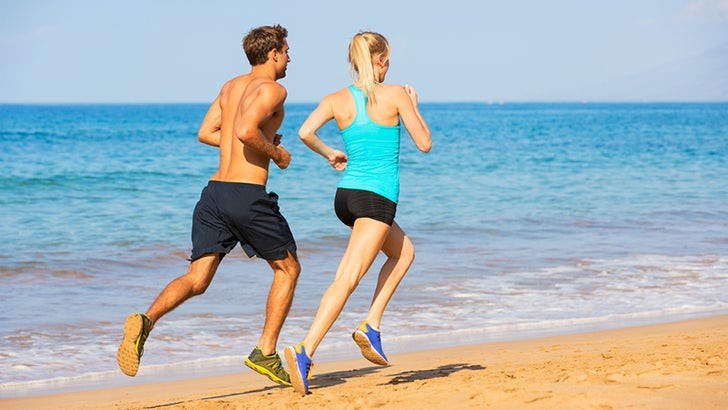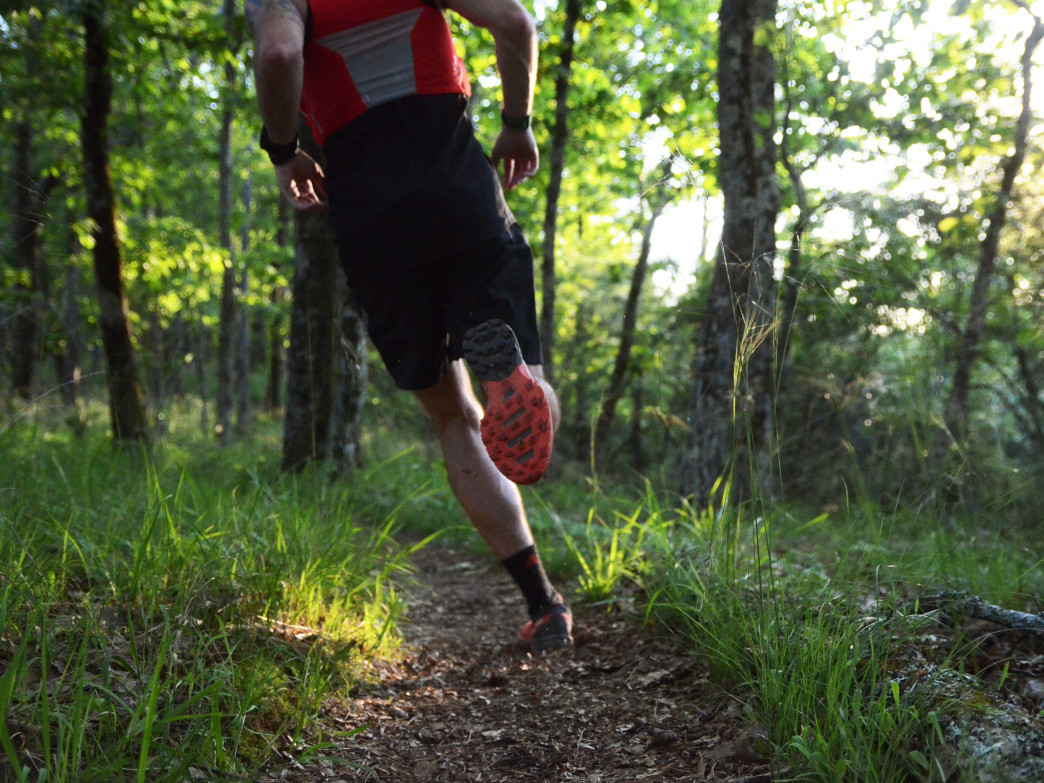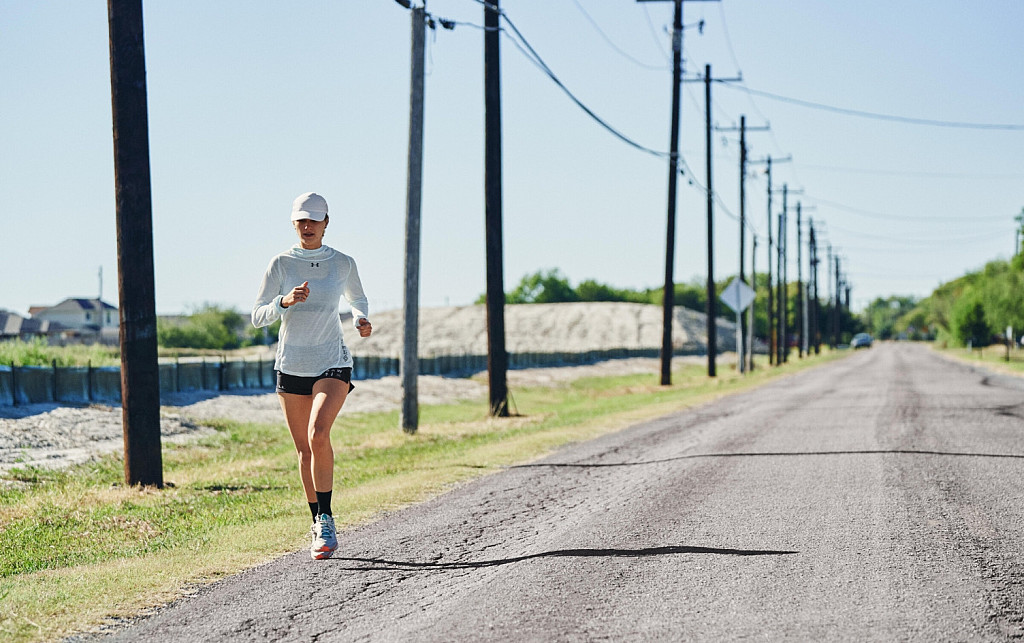Running News Daily
Running News Daily is edited by Bob Anderson. Send your news items to bob@mybestruns.com Advertising opportunities available. Train the Kenyan Way at KATA Kenya and Portugal owned and operated by Bob Anderson. Be sure to catch our movie A Long Run the movie KATA Running Camps and KATA Potato Farms - 31 now open in Kenya! https://kata.ke/
Index to Daily Posts · Sign Up For Updates · Run The World Feed
How to run efficiently on concrete, sand, dirt or trail
Running on pavement, cement, sand, dirt or trail have their unique challenges. It’s not simply about which running surface is better or more optimal since that answer is: “it depends” or “none of them is best.” In fact, your best bet is likely to mix up your running surfaces to change your loading and balance the way that you run.
“The human body adapts incredibly well to its situation,” says Jeff Knight, senior manager of digital product science for connected fitness at Under Armour and former running coach. “Basically, researchers have found that runners adjust to run with a softer stride over the firmer surface and a harder stride over the softer surface.”
When you switch things up, there are certain ways to optimize your running. Here’s what you need to know about different running surfaces and how to train on them for the best possible performance:
Concrete and cement are the hardest materials you’ll likely run on. If you observe most serious runners, you’ll notice they often eschew the sidewalk in favor of the shoulder of the road for this reason. On the flip side, sidewalks are going to be safer than running in the street when it comes to traffic. Some sidewalks have a dirt or grass medians you can take advantage of to give your feet a break.

This is also where finding a good road running sneaker comes into play. “A standard road shoe. The cushioning of a neutral running shoe options helps dampen the impact of each stride.
Ranked slightly softer than concrete sidewalks, running in the streets or on asphalt paths is better than trying to stay on sidewalks when it comes to running efficiently. As Knight points out, humans are amazingly adaptable, so if you live in a concrete jungle, don’t stress: You’ve likely developed a stride that takes hard surfaces into account. But when you can, hop onto the grass and run the side of a field or a trail: Research shows running in grass reduces the stress on your body compared to running on a more rigid surface.
Gravel trails and roads are firm and are good for running since they’re slightly softer than asphalt without much difference in the actual surface, unlike a dirt trail in the woods. But the loose layer of dust and gravel on top ultimately slows you down. “In Austin, Texas, we have a popular running trail in the middle of town that surrounds Ladybird Lake. That trail is made of crushed up bits of granite,” Knight says. “When I was coaching, we added 5–10 seconds per mile if we did a tempo run on that trail!”

So, while gravel may be optimal for long endurance runs compared to pounding the pavement for hours, don’t expect a PR. Similarly, rail-trails are the best for your joints thanks to their cushiness and lack of any technical navigation. Rail trails also tend to be flat and straight, with relatively few obstacles. Their surfaces are akin to those of gravel roads, but the flatness makes them more beginner-friendly, while gravel roads can easily get ultra-hilly.
Here, we’re talking about technical trails, not dirt roads. Trails are softer in general, but present runners with more ankle-biting obstacles, and because of this, your stability may suffer. On technical trails, Knight recommends swapping to a more trail-friendly shoe. “Usually, trail shoes offer a bit more stability and traction,” he explains. “If I catch a root or rock wrong, I am less likely to slide off that root and turn my ankle. To summarize, lots of roots the size of baseball bats or rocks the size of baseballs means switch shoes.” He notes that if you’re looking for speed on the trails, a dedicated trail shoe helps with that as well. “That extra bit of traction and stability may keep you safe when you start getting sloppy,” he adds. “No one is as sure-footed at the end of a hard trail session as they are at the beginning!”
Soft sand is by far the most challenging surface to run on, and it will fight you every step of the way. If you’re a beach runner, stick to the hard pack sand by the water’s edge and wear your trail shoes for more stability. You can head into the soft sand as an interval, since it will immediately make maintaining your pace much more challenging as an almost full-body workout.
But if you have a tendency toward rolled ankles, skip running on soft sand altogether: It might be nicer on your joints from a softness perspective, but the lack of stability makes it potentially dangerous. Surprisingly, one study showed that compared to running on a sandy soft surface, running on asphalt actually decreased the risk of tendinopathy in runners.
by Molly Hurford
Login to leave a comment




